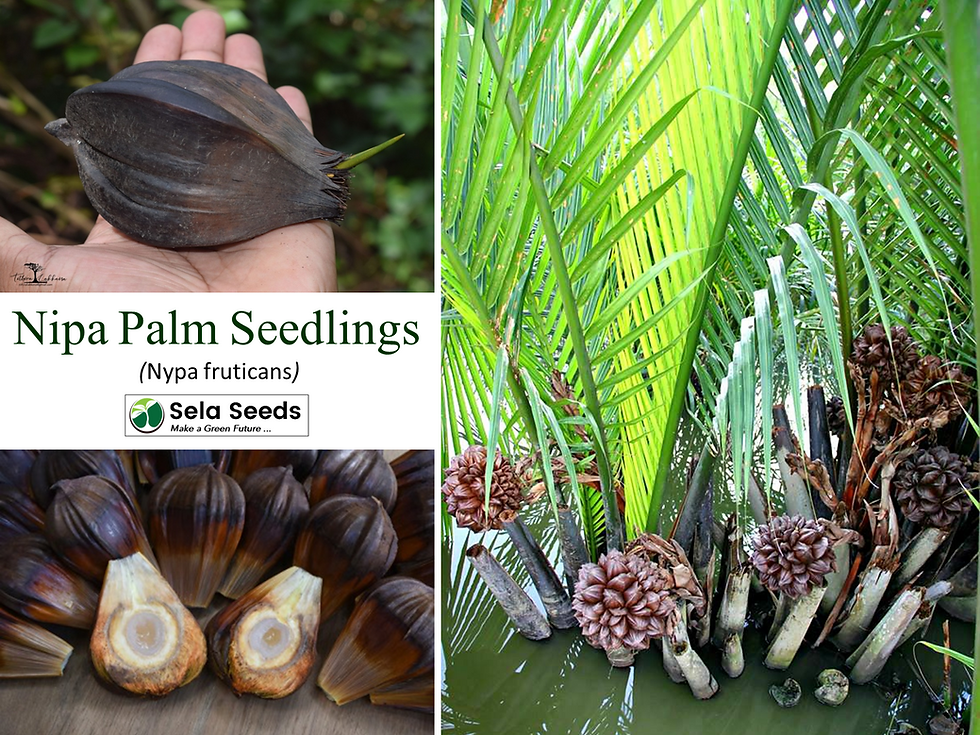Potted Healthy Live Plant
Plant Size : 10Cm - 15Cm
Black pepper grows in India and other tropical Asian countries. Black pepper is one of the most commonly used spices in the world. Black pepper and white pepper both come from the same plant species. But they are prepared differently. Black pepper is made by cooking the dried unripe fruit. White pepper is made by cooking and drying the ripe seeds.
People take black pepper by mouth for arthritis, asthma, upset stomach, bronchitis, a bacterial infection that causes diarrhea (cholera), colic, depression, diarrhea, gas, headache, sex drive, menstrual pain, stuffy nose, sinus infection, dizziness, discolored skin (vitiligo), weight loss, and cancer.
People apply black pepper to the skin for measles, nerve pain, itchy skin caused by mites (scabies), and to treat pain.
People inhale black pepper oil to prevent falls, to help quit smoking, and for trouble swallowing.
In foods, black pepper and black pepper oil are used as a spice.
How does it work?
Black pepper contains a chemical called piperine. This chemical seems to have many effects in the body. It seems to reduce pain, improve breathing, and reduce inflammation. Piperine also seems to improve brain function, but it is not clear how.
Planting Location
While planting pepper plant always remember to choose a location that remains humid and temperature mostly be maintained constantly around 75 to 85 Fahrenheit (24-30 C).
However, pepper plant can tolerate temperature between 50 F-104 F (10-40 C)
Soil
Black Pepper plants do best in fertile and medium clayey soil that retain slight moisture. Good drainage is always the essential need while growing black pepper in pot or ground. Waterlogged soil can damage the plant. Soil pH level could be anywhere between 5.5 and 7, add lime if the soil is too acidic and sulfur if alkaline.
Sun
Put the plant in shade, as direct sunlight can damage the plant. If planting in a sunny area, use a shade cloth that filters the sunlight to at least 50%. If growing in a cool climate, provide full sun.
Watering
Be sure to give the pepper plant plenty of water to keep the soil slightly moist always, not allowing the soil to dry out between watering spells.
USES & EFFECTIVENESS
Insufficient Evidence to Rate Effectiveness for...
Fall prevention. Early research shows that applying black pepper oil near the right side of the nose improves stability when the eyes are closed in older people. But it does not seem to improve stability better than lavender oil.
To help quit smoking. Early research shows that puffing on a vapor device using black pepper oil over 3 hours may reduce cigarette cravings and anxiety in men who smoke.
Trouble swallowing. Early research shows that applying black pepper oil to the nostrils or nasal cavity for one minute before meals improves swallowing in children with brain disorders who have been fed through a feeding tube for long periods of time. However, the black pepper oil did not eliminate the need for the feeding tube. Other early research shows that applying black pepper oil near the nostrils for one minute before meals improves swallowing movements in post-stroke residents at long-term care nursing homes.
A bacterial infection that causes diarrhea (cholera),Arthritis,Asthma,Bronchitis,Cancer,Colic,Depression,Diarrhea,Discolored skin (vitiligo),Dizziness,Gas,Headache,Itchy skin caused by mites (scabies),Measles,Menstrual pain,Nerve pain,Pain,Sex drive,Stuffy nose,Sinus infection,Upset stomach,Weight loss,
Other conditions,
SIDE EFFECTS
Black pepper is LIKELY SAFE when taken by mouth in amounts commonly found in foods.Black pepper is POSSIBLY SAFE when taken by mouth appropriately as medicine and when the oil is applied to the skin. Black pepper oil typically does not cause side effects. Black pepper might have a burning aftertaste. Taking large amounts of black pepper by mouth, which can accidentally get into the lungs, has been reported to cause death. This is especially true in children.
top of page
PrijsVanaf $18,00
Gerelateerde producten
bottom of page

































